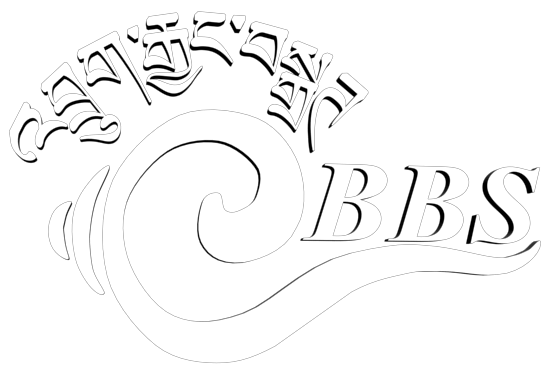History
The BBS Radio was started by a group of young western educated university graduates on November 11, 1973.They borrowed a 400 watt civil wireless transmitter and went on air. Initially the broadcast was available only on Sundays and only for half an hour. The language was English. The group called themselves the National Youth Association of Bhutan and the radio station, named after
them, was known as Radio NYAB. A year later, they extended the airtime, adding another half an hour in the national language Dzongkha.
In 1979, Radio NYAB was taken under the wing of the Department of Information and Broadcasting. The airtime was increased to nine hours in a week. The broadcast was made available on Sundays, Wednesdays and Fridays. It couldn’t be made available on Mondays, Tuesdays and Thursdays because the government had to use the civil wireless transmitters to send and receive messages from the Royal Bhutanese Embassy in Dhaka, Bangladesh. A year later, the station also introduced Tshanglakha and Lhotshamkha.
In 1986, Radio NYAB was formally named the Bhutan Broadcasting Service and the 400 watt civil wireless transmitter replaced by a 10 kilowatt shortwave transmitter. The broadcast was made available daily.
In 1991, BBS acquired a much more powerful 50 kilowatt shortwave transmitter. It also moved to the present office building.
In 1992, His Majesty the Fourth King issued a Royal Kasho delinking the BBS from the Ministry of Information and Communication and granting it full autonomy.
The morning broadcast was introduced on November 11, 2000. The airtime was extended to 63 hours a week. The BBS also made another milestone on the day, launching the nationwide FM project.
Compared to shortwave transmission, FM is clearer and has no or negligible interference. The idea was to make the BBS radio available through a network of FM towers and transmitters spread across the country. Today the BBS radio is available on shortwave as well as through FM. It now has 30 FM towers throughout the country.
In 2003, the airtime was increased from nine hours to 12 hours per day. A year later, the airtime was increased once again from 12 to 15 hours daily.
In 2005, the FM service was made available nationwide.
The BBS Radio now has two channels, both available round the clock. One broadcasts exclusively in the national language Dzongkha. The other is available in English, Lhotshamkha and Tshanglakha.
The Dzongkha only channel was launched on February 21st, 2013, coinciding with the birthday celebrations of His Majesty the King. Also on the day, both channels were made available 24/7. The BBS TV was launched on June 2nd, 1999, coinciding with the silver jubilee celebrations of the coronation of His Majesty the Fourth King. It made international headlines. Bhutan was the last country to allow in television. In no time, the people were debating the effects of too much TV on the society and the culture as the latest TV screens imported from Bangkok took the centre stage of the living rooms. Educated parents were trying to find out how many hours of
unsupervised TV they should allow their children to watch.
The BBS didn’t have a proper studio. The news and the programmes were broadcast from Sangaygang. Every evening, the news presenters and the producers rushed to the Sangaygang station. There was only one channel and the broadcast lasted just one hour. And for the first one year or so, it was available only in the capital. The rest of the country watched the news the next day on the local cable service. Every evening, the BBS recorded the broadcast on VHS tapes. Early next morning, they were ferried across the country on passenger transport busses. People in Tashigang got to watch the news only three days later.
Since then, the BBS has come a long way. The national broadcaster has two tv channels. Channel I, which provides news and current affairs, is available from 6pm to 12pm with a six hour rebroadcast the next morning. Channel II is the educational and entertainment channel. It was launched in 2012. The channel is available round the clock. BBS TV can be accessed on the South Asia satellite on KU band GSat9. It is available on the C–band GSat30 of the Indian Space Research Organisation.
The news and current affairs channel provides a 20 minute news bulletin in Dzongkha and English every evening. It also provides a ten minute news bulletin in four languages, Dzongkha, English, Lhotshamgkha and Tshanglakh, on the radio every day.
The BBS has 14 bureau offices across the country. Except for the bureau in Kanglung, all the bureaus are manned by a reporter who also doubles as the cameraman. There are no reporters in Dagana, Gasa, Haa, Lhuentse, Tashiyangtse and Punakha. These places are covered by the reporters in the nearest district.

